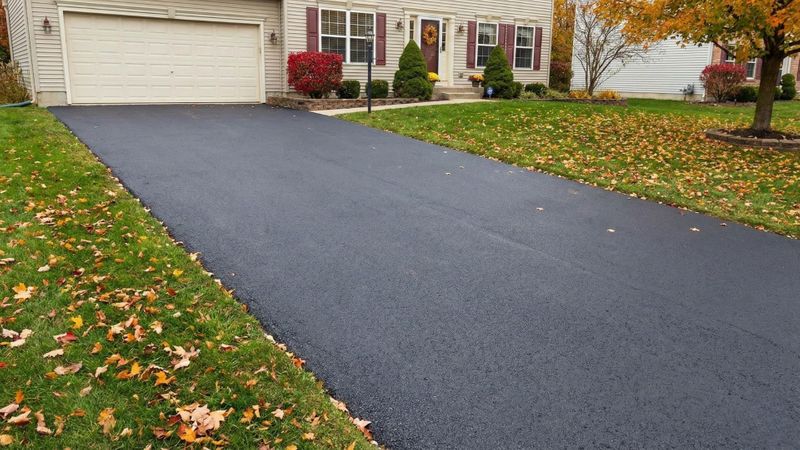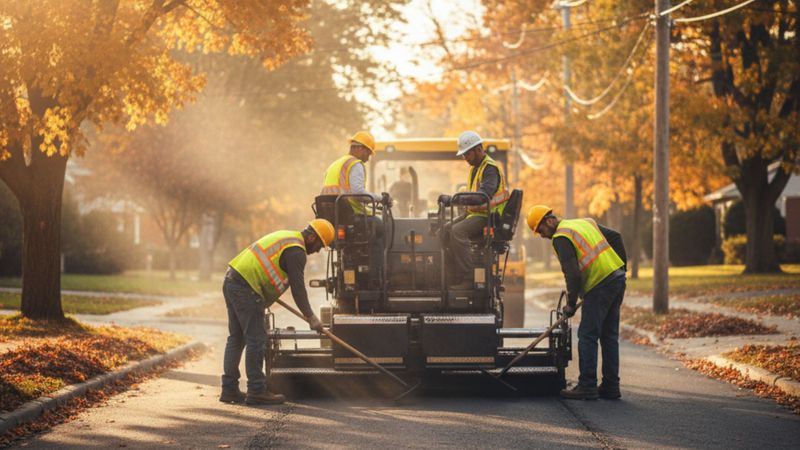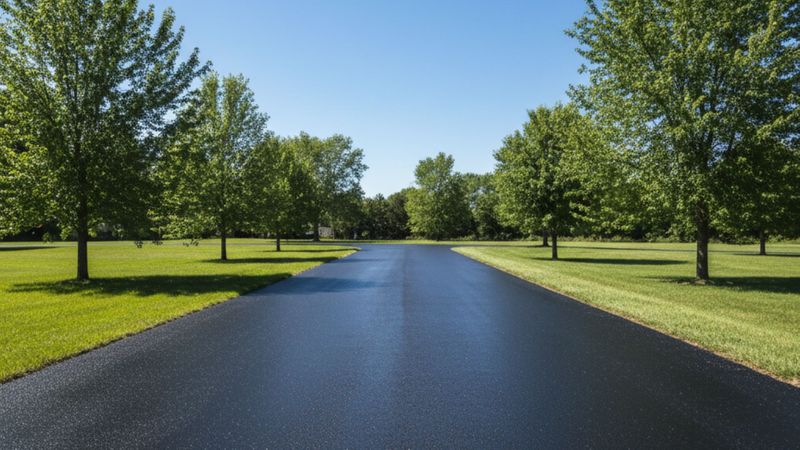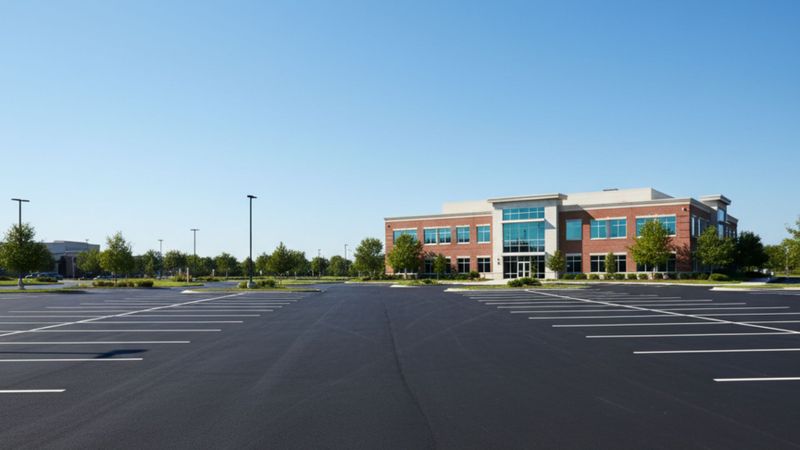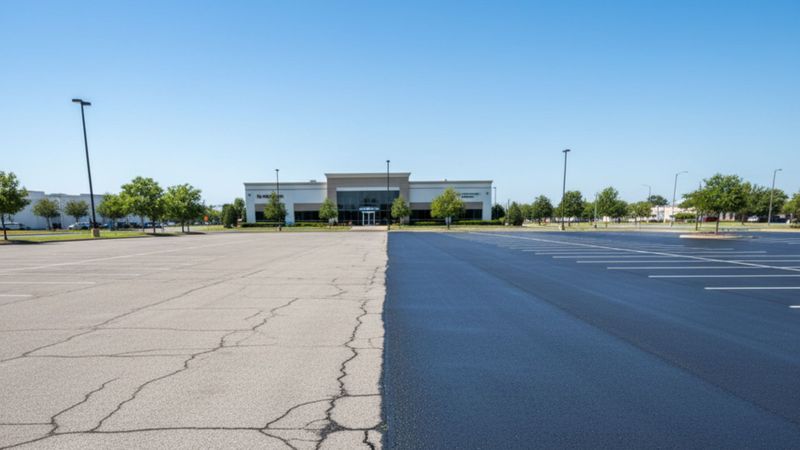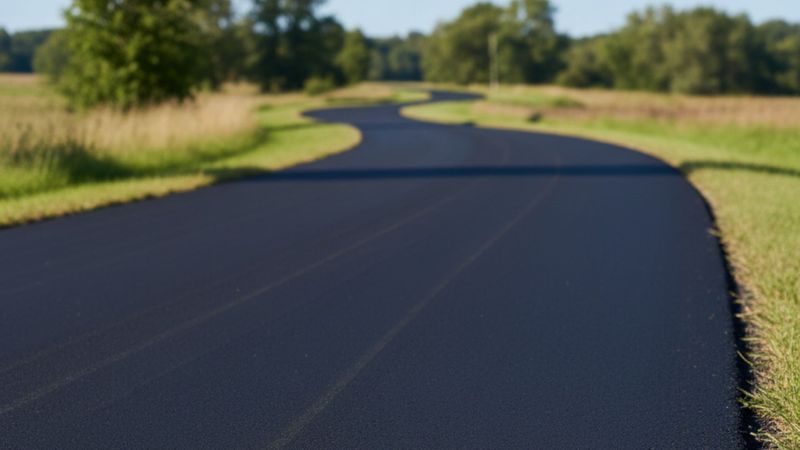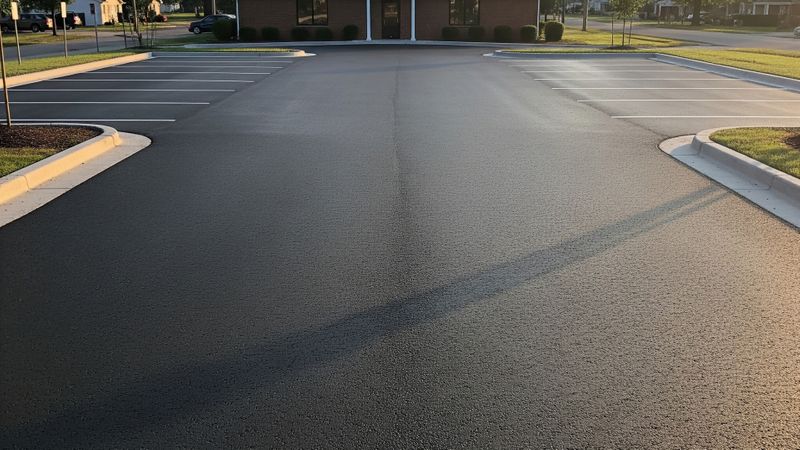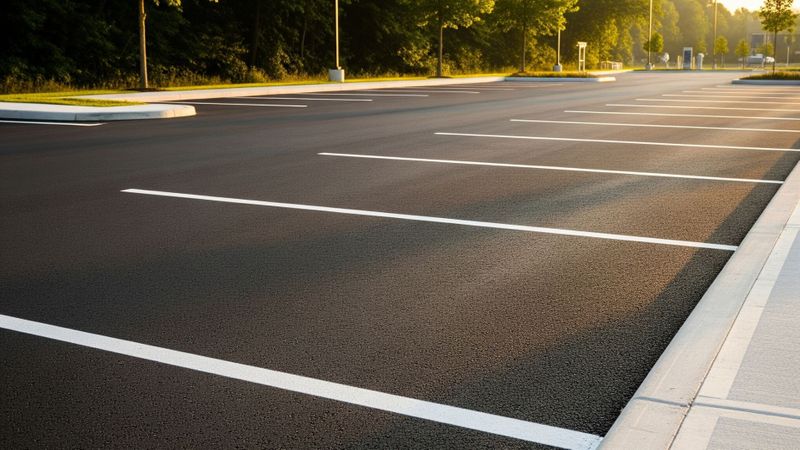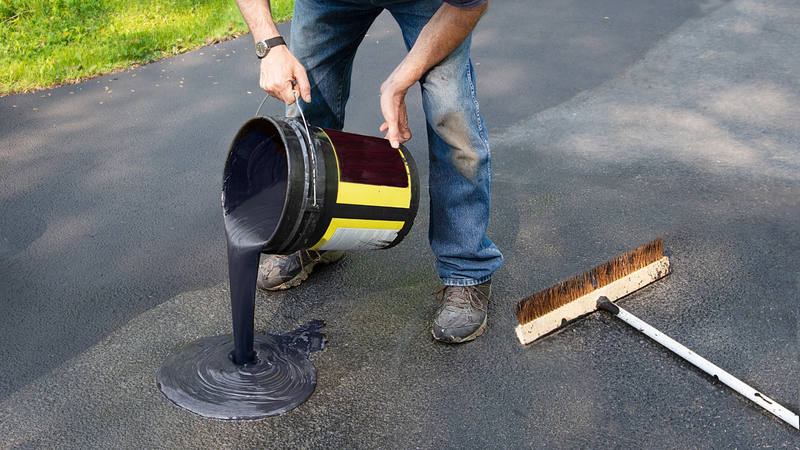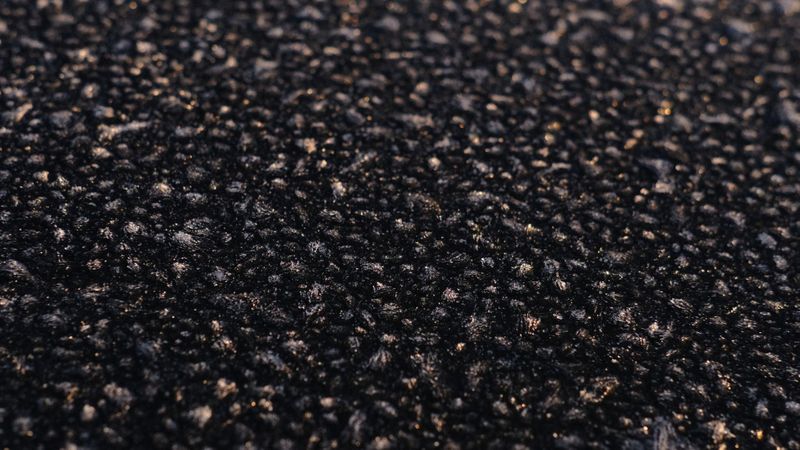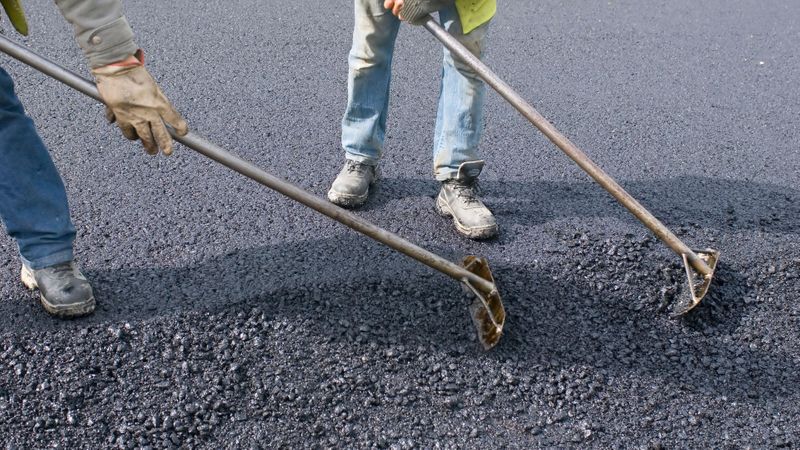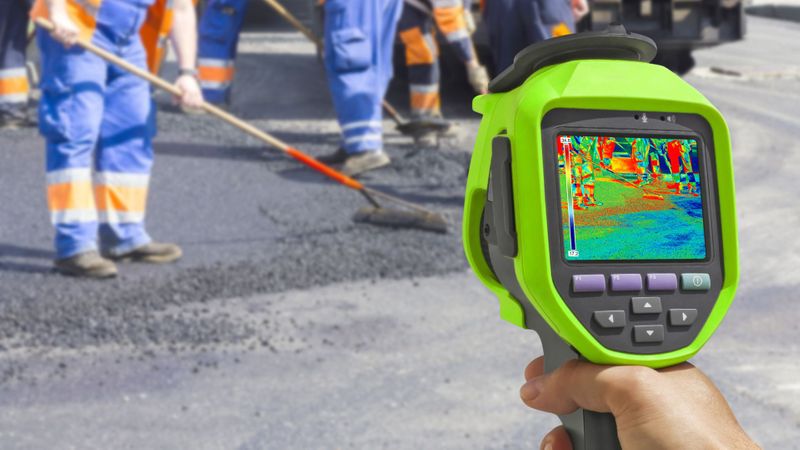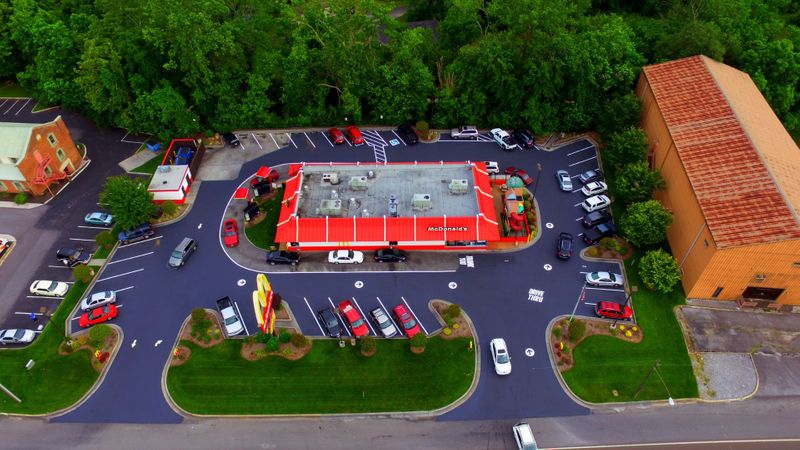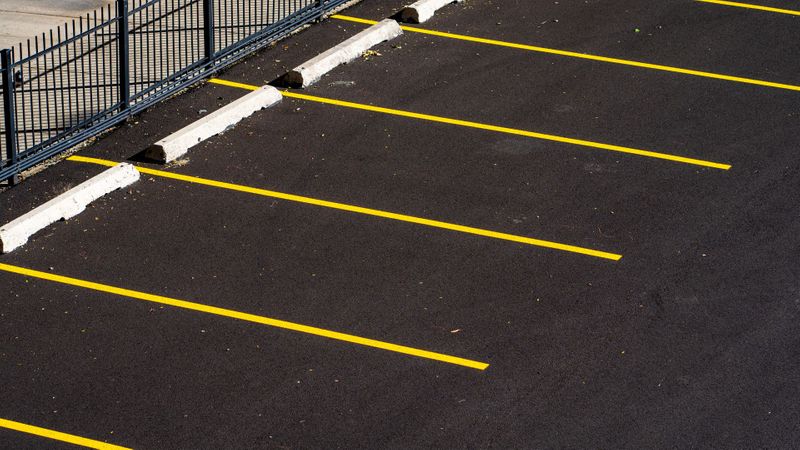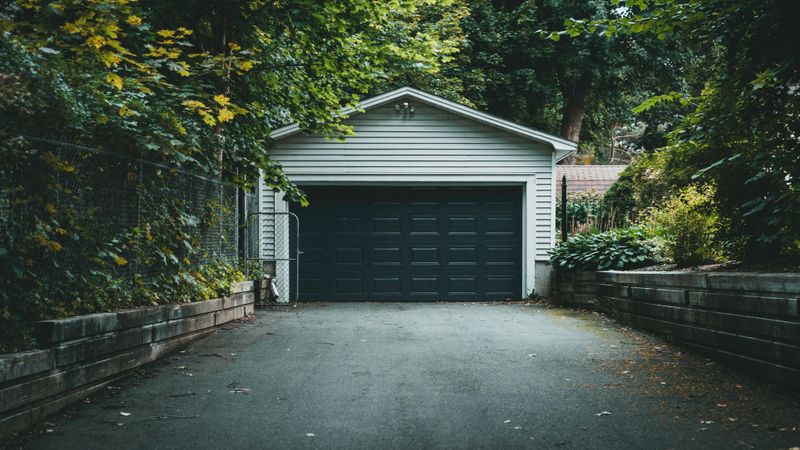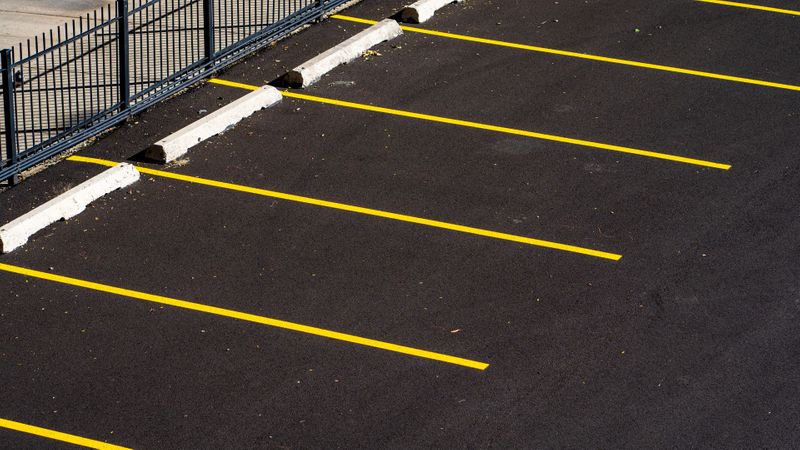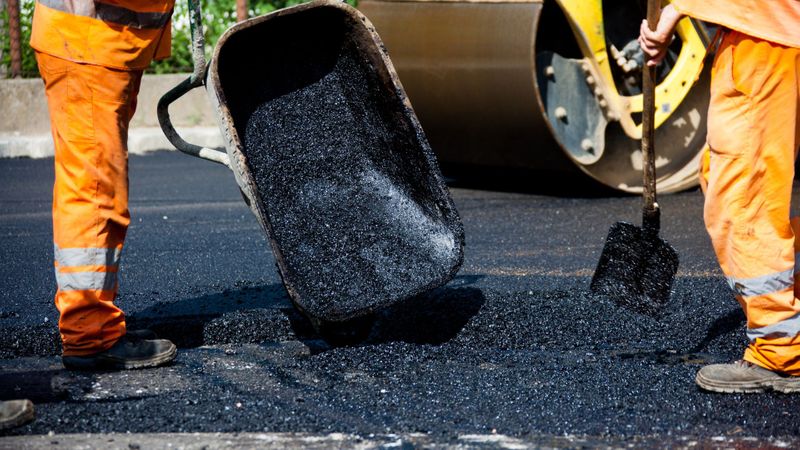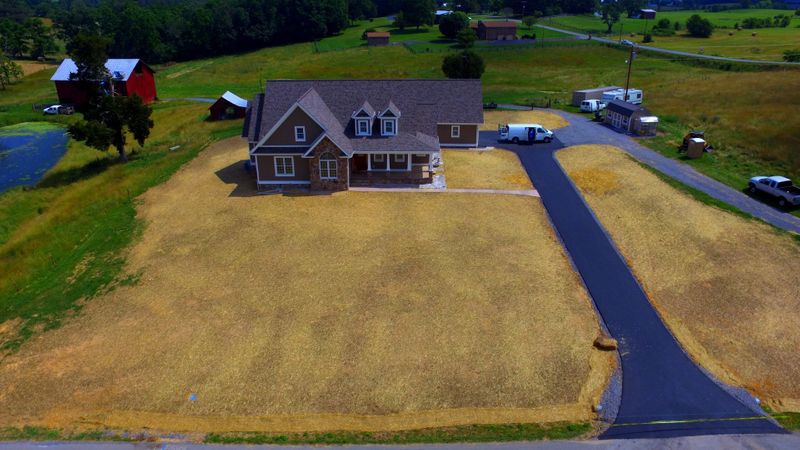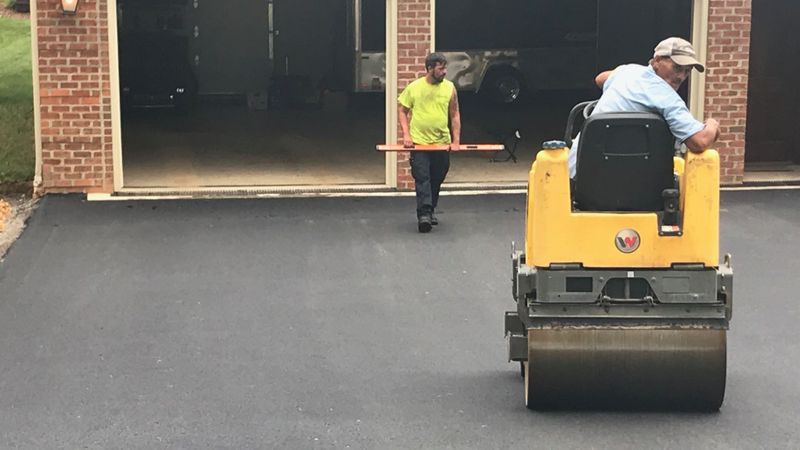Blog
Recent Updates
Five Signs Your Driveway Won't Survive Another Winter
Winter in the Tri-City area and Southwestern Virginia can be unforgiving on paved surfaces. The constant freeze-thaw cycles create a battleground for your asphalt, turning minor issues into major liabilities overnight. At Bracken Paving, we know that spotting these warning signs early is the key to protecting your investment. Before the temperatures plummet, take a closer look at your driveway to ensure it has the resilience to withstand the coming season.
moreHow to Get Your Driveway Ready for Winter
Winter in the Tri-City area and Southwestern Virginia can be unpredictable. One day it is mild, and the next brings freezing rain or snow. This fluctuation is tough on pavement, making asphalt maintenance essential before the worst weather hits. At Bracken Paving, we want to help you protect your investment. A little preparation now can prevent expensive damage later.
Here is how to get your driveway ready for the cold months ahead:
moreGuarding Your Concrete Against Winter Salt Damage
In the Upper East Tennessee region, winter safety often relies on de-icing salts to keep our commercial properties and sidewalks safe from slick ice. While essential for preventing slips and falls, these salts, particularly chloride-based options, are corrosive and can severely damage concrete over time. At Bracken Paving, we specialize in comprehensive parking lot maintenance and know that preparation is key. We want to help you understand the risks and implement proactive measures to protect your investment before the first major freeze hits.
moreWhy Fall Is the Best Time for Paving
As the leaves begin to turn in Upper East Tennessee, many property owners think about closing up their outdoor projects for the year. However, we at Bracken Paving know that fall is actually the hidden gem of the paving season. While summer brings the heat, autumn provides the ideal combination of climate factors for laying and curing new asphalt paving. Choosing the fall for your project ensures the highest quality finish and sets your property up for long-term success against the harsh winter elements.
moreThe Best Time of Year to Sealcoat Asphalt
While the decision to protect your asphalt surface is important, the timing of that maintenance is crucial for optimal results and longevity. Applying a fresh layer of sealcoat asphalt requires specific environmental conditions to ensure proper bonding, curing, and long-term performance. Choosing the right season is an essential part of effective maintenance.
moreHow to Extend the Life of Your Parking Lot with Preventative Maintenance
A commercial parking lot is often the first impression your business makes, and its condition reflects your professionalism. More importantly, it is a costly asset that requires strategic care. Embracing a preventative parking lot maintenance plan is the single most effective way to avoid expensive, full-scale reconstruction down the road.
moreThe Role of Sealcoating in Asphalt Maintenance and Protection
Your asphalt surface, whether it's a commercial parking lot or a residential driveway, is a significant asset. Exposure to harsh weather, UV rays, and traffic wear can quickly degrade its integrity. Implementing regular maintenance, particularly professional sealcoating, is the most effective and affordable way to protect that investment.
moreUnderstanding the Asphalt Paving Process: What to Expect
Getting a new asphalt surface, whether for a commercial lot or a residential driveway, is a significant investment. At Bracken Paving, we believe in keeping our clients informed, ensuring you understand the professional, step-by-step process that leads to a long-lasting, high-quality result.
moreOur Guide to the Top 4 Signs Your Driveway Needs Resurfacing
Your driveway is one of the first things people see, and a well-maintained surface boosts curb appeal and value. At Bracken Paving, we've spent decades working on driveways, and we know that even the best asphalt can't last forever. Ignoring early warning signs can lead to more extensive and costly repairs down the road.
moreWhy Local Paving Contractors Matter in Kingsport, TN
A clean, smooth parking lot helps drive business. First impressions start the second your tires hit the pavement. Whether customers are pulling into your storefront or visitors are parking at your office, the condition of your lot says something before you even say hello.
At Bracken Paving, we’ve been paving driveways and lots throughout Kingsport and the surrounding areas for decades. As a blacktop paving company rooted in this region, we’ve seen what works here and what breaks down fast. Here's why hiring a local paving contractor in Kingsport is the right move.
moreBenefits of Asphalt Paving
Bumpy lots, cracked driveways, and crumbling patches wear down vehicles, trip up pedestrians, and make every entrance less inviting. Whether it's for your home or your business, letting pavement fall apart leads to more than just an eyesore.
At Bracken Paving, we’ve handled blacktop jobs across Tennessee for decades. From small asphalt driveway fixes to full-scale commercial paving, we lay it down solid and stand behind the work. Here’s what makes asphalt paving a smart move.
moreRegular Asphalt Maintenance Can Save You Thousands
Asphalt is always at work. It holds up your car, your customers, and your daily routine. It’s easy to forget it’s even there. But it inevitably cracks, sinks, or buckles. At Bracken Paving, we’ve seen what happens when regular maintenance is skipped, and we’ve helped property owners avoid serious costs by catching problems early. Whether it’s a driveway paving job or a commercial lot, staying ahead of the wear is worth every penny.
moreThe Benefits of Regular Asphalt Inspections for Property Managers
As property managers, maintaining a safe and appealing environment is a top priority. One important yet often overlooked aspect of property care is the condition of asphalt surfaces. Regular inspections not only help prevent costly repairs but also extend the life of driveways and parking lots. Whether you're planning driveway sealcoating, asphalt sealcoating, or other asphalt paving services, staying ahead with routine checks offers several valuable benefits. Bracken Paving is here to help! Contact us to schedule services today.
moreThe Best Time of Year to Sealcoat an Asphalt Driveway
When it comes to preserving your asphalt driveway, timing is everything. Sealcoating is a vital part of protecting your investment, extending the life of your driveway, and maintaining a fresh, clean appearance. At Bracken Paving, we know the right season for driveway sealcoating can make a major difference in how effective the results are. Here’s what you need to know when planning your next residential asphalt sealcoating project.
moreSigns It's Time to Resurface Your Driveway
Your driveway is not just a functional space; it adds value and curb appeal to your home. Over time, wear and tear can affect its appearance and durability. As a trusted residential asphalt paving company in the Tri-City area, Bracken Paving understands the importance of driveway maintenance. Here are some clear signs that it might be time to resurface your driveway. Learn more and contact us today!
moreAsphalt vs. Concrete for Cold Climates
When choosing the right driveway material for cold climates, two familiar contenders are asphalt and concrete. As asphalt driveway paving contractors at Bracken Paving, we understand the unique challenges that cold weather presents. In this article, we will discuss the benefits of both materials to help you make an informed decision for your residential asphalt paving project.
moreBest Asphalt Paver in Tennessee
If you’re searching for the best asphalt paver in Tennessee, look no further than Bracken Paving. With over 30 years of experience, we specialize in providing top-notch asphalt paving services, ensuring quality solutions for residential and commercial projects. Bracken Paving’s commitment to excellence makes us the trusted choice for anyone seeking reliable and professional paving services.
moreHow to Extend the Life of Your Parking Lot with Preventative Maintenance
Maintaining a parking lot is essential for both safety and aesthetics and implementing asphalt parking lot maintenance is key to extending its lifespan. At Bracken Paving, preventative maintenance can save you money on costly parking lot repairs in the long run. We'll explore practical strategies to ensure your parking lot remains in excellent condition for years.
morePros and Cons of Seal Coating Your Driveway
Seal coating is a crucial aspect of asphalt maintenance, helping to protect and enhance your driveway's longevity. However, it’s not a one-size-fits-all solution. At Bracken Paving, we want to ensure you’re fully informed about your options. With our guidance, you’ll be better equipped to make the right decision for your driveway’s needs.
moreWhy Asphalt Paving is an Eco-Friendly Choice for Your Driveway
We’re proud to offer sustainable solutions for your paving needs at Bracken Paving. Asphalt paving stands out as an environmentally friendly choice due to its recyclability, energy efficiency, and longevity. Whether you’re repaving an existing driveway or starting a new project, our team is here to guide you through the process, ensuring quality and sustainability every step of the way. To learn more about why asphalt paving is the right choice for your driveway in Johnson City, Tennessee, contact us today.
moreThe Role of Seal Coating in Asphalt Maintenance and Protection
At Bracken Paving, we understand that your asphalt driveway or parking lot is a significant investment, and protecting it should be a top priority. Seal coating plays a crucial role in extending the life of your asphalt, enhancing its appearance, and preventing costly repairs. Contact us today for premier driveway services in Johnston City, Tennessee, and the surrounding areas.
moreHow Winter Weather Affects Your Parking Lot Paving
As winter sets in, property owners must prepare for the toll that cold weather can take on asphalt parking lots. At Bracken Paving, we recognize that harsh winter conditions can lead to various issues for your pavement, which is why we want to discuss the effects of winter weather on your parking lot.
moreWhy You Need To Sealcoat Before the Winter
As the winter months approach, preparing your asphalt surfaces for the harsh conditions ahead is crucial. Bracken Paving offers the best driveway seal coating services in the Tri-City area of Tennessee and Southwestern Virginia. Sealcoating your asphalt driveway before winter helps protect it from severe damage caused by snow, ice, and freezing temperatures. Don't wait until it's too late—contact us today to schedule your seal coating service and safeguard your driveway.
moreTips for Long-Term Maintenance After Driveway Sealing
When it comes to maintaining the longevity and quality of your asphalt driveway post-sealing, following proper care and maintenance practices is crucial. At Bracken Paving, your trusted blacktop driveway contractor in the Tri-City area of Tennessee and Southwest Virginia, we understand the importance of preserving the integrity of your asphalt. Here are six valuable tips for long-term maintenance after driveway sealing. Call us for a free quote today.
moreBest Reasons for Commercial Asphalt Maintenance
As a business owner, maintaining your commercial driveway and parking lot is crucial for creating a positive first impression and ensuring the safety of your customers and employees. At Bracken Paving, your trusted provider of commercial asphalt services in the Tri-City area of Tennessee and Southwestern Virginia, we understand the importance of proper maintenance for your commercial asphalt surfaces. Here are six compelling reasons why investing in commercial asphalt maintenance is essential for your business. Call us for a free quote today.
more6 Questions to Ask When Hiring a Blacktop Contractor
When hiring a blacktop contractor for your asphalt paving needs in the Tri-City area of Tennessee and Southwestern Virginia, you want to ensure that you are making the right choice. Choosing the best driveway seal coating and blacktop driveway contractors can be a critical decision that significantly impacts your property's curb appeal and longevity. Here at Bracken Paving, we understand the importance of providing high-quality services that meet our customers' needs. To help you make an informed decision, here are six questions to ask when hiring a blacktop contractor. Get a free quote today.
moreImportance of Proper Concrete Grading
Proper concrete grading is crucial when it comes to paving projects, whether it's a driveway, a parking lot, or a large commercial space. At Bracken Paving, serving the Tri-City area in Tennessee and Southwestern Virginia, we understand that concrete grading isn't just a preliminary step—it’s the foundation for the entire project’s success. Below are four key reasons why proper concrete grading is essential.
moreWhy Gravel Should Be Put Under Concrete
When planning any concrete paving project, one of the most crucial steps is the preparation of the base. At Bracken Paving, serving the Tri-City area in Tennessee and Southwestern Virginia, we know that the foundation of a successful concrete installation often begins with a layer of gravel. Below are four compelling reasons why gravel should be placed under concrete.
morePros and Cons of Sealcoating Your Driveway
Sealcoating is a popular method for maintaining and protecting asphalt driveways. At Bracken Paving, serving the Tri-City area in Tennessee and Southwestern Virginia, we often recommend sealcoating as part of a comprehensive driveway maintenance plan. However, like any maintenance procedure, sealcoating has its pros and cons. Below is a detailed look at the advantages and disadvantages of sealcoating your driveway.
more4 Most Common Types of Concrete Repairs
Concrete is a durable and versatile material, but over time, it can show signs of wear and damage. At Bracken Paving, serving the Tri-City area in Tennessee and Southwestern Virginia, we offer a range of concrete repair services to address these issues and extend the life of your concrete surfaces. Below are the four most common types of concrete repairs we perform.
moreThe Lifespan of an Asphalt Driveway and How to Extend It
At Bracken Paving, your go-to residential driveway paving company serving the Tri-City area of Tennessee and Southwestern Virginia, we believe that your asphalt driveway should be a source of pride and durability for your property. Understanding the lifespan of your asphalt driveway and how to extend it is essential to preserving its functionality and aesthetics for years to come. Here's what you need to know:
moreTop Signs Your Asphalt Driveway Needs Repair
As a homeowner in the Tri-City area of Tennessee or Southwestern Virginia, maintaining your asphalt driveway is essential to preserving your property's value and aesthetics. At Bracken Paving, we understand the importance of recognizing signs of wear and tear early to avoid costly repairs down the road. Here are the top signs that your asphalt driveway may be in need of repair:
moreWelcome
Welcome to our site! We are in the process of building our blog page and will have many interesting articles to share in the coming months. Please stay tuned to this page for information to come. And if you have any questions about our business or want to reach out to us, we would love for you to stop by our contact page.
Thank you!
more
